Overflight leads to loss of separation in Austin runway incursion
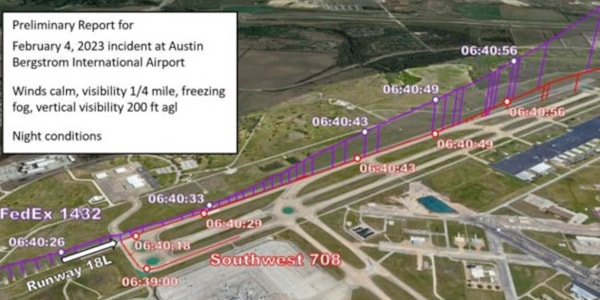
The preliminary report for the Feb. 4 runway incursion involving a FedEx flight in a Boeing 767 and a Southwest flight in a Boeing 737 at the Austin-Bergstrom International Airport (AUS) stated that overflight led to a loss of separation. This is the latest in an increase in runway incursions involving commercial airlines.
The Austin Airport air traffic control tower (ATCT) Air Traffic Manager (ATM) noted low traffic volume at the time of the incursion. The FedEx flight established communication with the local controller and established a CAT III instrument landing system (ILS) approach to runway 18L after announcing the flight was inbound.
The Southwest flight’s First Officer (FO) checked in with the controller shortly after, indicating they were holding short of runway 18L and ready for takeoff. After the controller gave them RVR values, they were advised the FedEx flight was on a three-mile final and the Southwest crew was given standard takeoff clearance from the runway. Once the Southwest flight had successfully taxied onto runway 18L and lined up with the runway centerline, aircraft control was transferred from the captain to the FO.
The FedEx pilots asked for confirmation of clearance from the local controller, later stating this was because the captain was concerned about the Southwest traffic. The controller confirmed landing clearance and told them the Southwest flight was departing runway 18L ahead of them.
About a minute later, while the FedEx flight was on a roughly 0.7-mile final, the local controller asked Southwest to confirm they were on a roll, to which the captain responded they were rolling. The captain of the FedEx flight said he was at an altitude of 150 feet and called for a go-around after seeing the Southwest flight at about 1,000 to 1,500 feet from the approach end of the runway.
The FedEx crew broadcasted “Southwest abort” and a few seconds later “FedEx is on the go.”
The review of the preliminary Automatic Dependent Surveillance-Broadcast (ADS-B) data showed that when the FedEx flight was at the departure end of the runway and climbing out at 1,900 feet, the controller had instructed the aircraft to turn left heading 080 and maintain 3,000 feet. A the same time, the Southwest flight was roughly 1,000 feet lower than FedEx and began the right turn away from the runway heading.
The AUS ATCT ATM noted that an overflight may have occurred but the closest proximity has not been confirmed. The Southwest flight continued to the Cancun destination and the FedEx flight initiated a go-around and landed without incident on runway 18L after.
With low instrument flight rules, conditions were reported to include calm winds, visibility ¼ mile in freezing fog, vertical visibility 200 feet above ground level, and the temperature was roughly 30 degrees Fahrenheit. The NTSB formed investigative groups after being notified about the near-miss, looking at ATC, human performance, weather and flight data recorders. Audio recordings were provided and the digital flight data recorders were removed from both of the planes. Interviews were also conducted with those working at the time of the incident and both crews.
RELATED STORIES:
Burbank close-call is the latest runway incursion under investigation
NTSB: Pilot lost situational awareness in Hawaii close-call
Recent runway incursions cause alarm, stats show they are on the rise
Fortunately, the incursion did not lead to a crash, but the incident was brought to national attention. This is one of the many runway incursions at airports across the country and one of the numerous runway incursions involving commercial airlines the NTSB has begun investigating this year.
Runway incursions have occurred at major airports, like the Jan. 13 incursion at John F. Kennedy International Airport (JFK) when a plane crossed the runway without ATC clearance. This incursion was heavily publicized, particularly when the flight crew for one of the planes involved refused recorded interviews, causing the NTSB to issue subpoenas.
At the Newark Liberty International Airport (EWR) a parked United flight had its wing clipped by a Boeing 787 Dreamliner, fortunately, there were no passengers on board and no one was harmed. The AUS incursion occurred the next day.

Photo of two planes involved in incursion from Flight Radar
An incursion occurred on Feb. 22 at the Bob Hope Burbank Airport (BUR) when an Embraer 175 was cleared to takeoff and a CRJ-900 was cleared to land immediately after on the same runway. The NTSB had tweeted that the CRJ initiated a go-around when it was inbound for landing on the same runway as the departing Embraer.
While the number of serious runway incursions is down from the early 2000s, it has been steadily rising since 2011. The formal study of runway incursion began in the 1980s after several near misses and fatal collisions. One of the earliest reports on the topic was released in 1986 by the NTSB and the FAA followed by its own report two years later.

FAA Chart on runway incursions
In January 1991 the FAA published its first Runway Incursion Plan, now known as the National Runway Safety Plan. The last fatal runway incursion occurred in 2006 and the U.S. saw a major decline in the number of incursions over the next few years. Between 2011 and 2017, 12,857 runway incursions were recorded. Between October 2016 and Sept. 2017, 1,341 were reported and six of those were placed in the most serious categories. The categories indicate the level of seriousness and how close the incident was to a collision or accident.
While the FAA has been without a leader for over a year, the acting administrator Billy Nolen has announced plans to convene a Safety Summit on March 15 with aviation experts as a response to the recent string of incursions. Nolen has faced criticism for issues with the FAA, like the January NOTAM outage which caused the first nationwide grounding since 9/11. Nolen went before a Senate committee hearing last month over the outage and topics like the NOTAM name change, 5G interference and runway incursions were a topic.
The nominee for the permanent administrator role, Phillip Washington, attended a Senate confirmation hearing Wednesday where he faced scrutiny over his perceived lack of aviation experience and allegations against him. In a time where runway incursions are increasing in frequency, the stability of the FAA is paramount.
While Washington has not yet been confirmed in the permanent role, the FAA and aviation leaders are taking the rise of incursions seriously and making every effort to increase safety and reduce the number of incursions with the implementation of safety programs and the upcoming summit.
![]()
Contact
Name: Haley Davoren
, Digital Content Manager
Company: GlobalAir.com
Website: https://globalair.com
Email: [email protected]
Phone: 502-456-3934
©2023 GlobalAir.com, Haley Davoren. All rights reserved.
Recent Posts
- Boeing-backed EVIO launches EVIO 810 hybrid-electric regional aircraft program
- Netflix jet activity spikes days before Warner Bros. acquisition offer
- Daher Kodiak 900 aircraft recieves Brazilian airworthiness certification
- 20-year-old pilot wins $2.4M Hawker 400XP in MrBeast challenge
- NetJets partners with Starlink to to bring high-speed connectivity to fleet

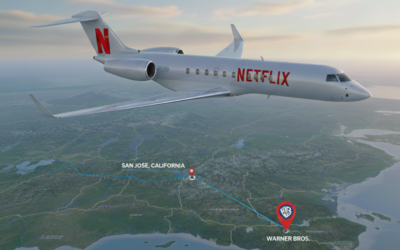
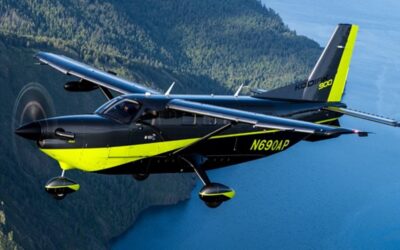
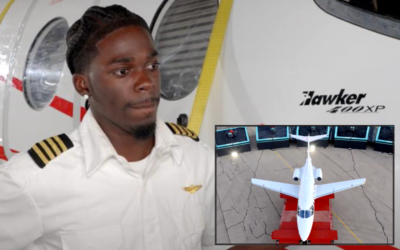
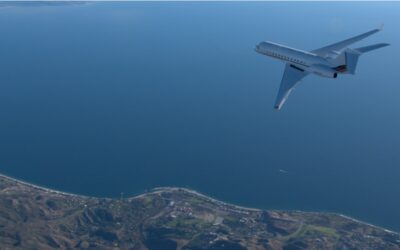


Recent Comments